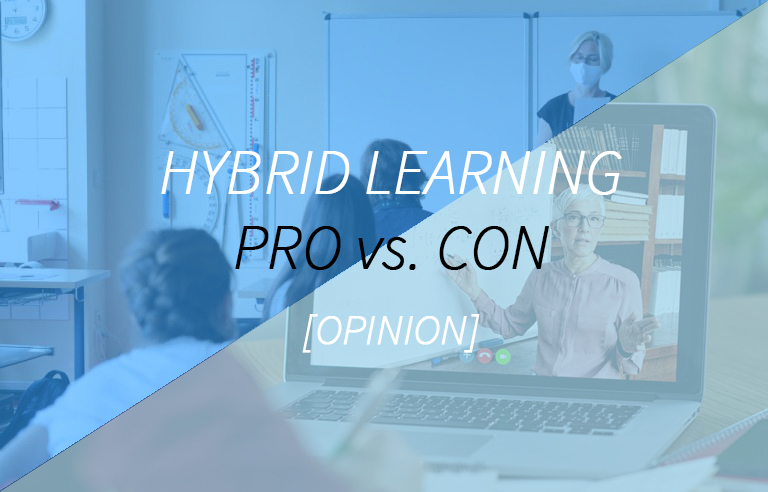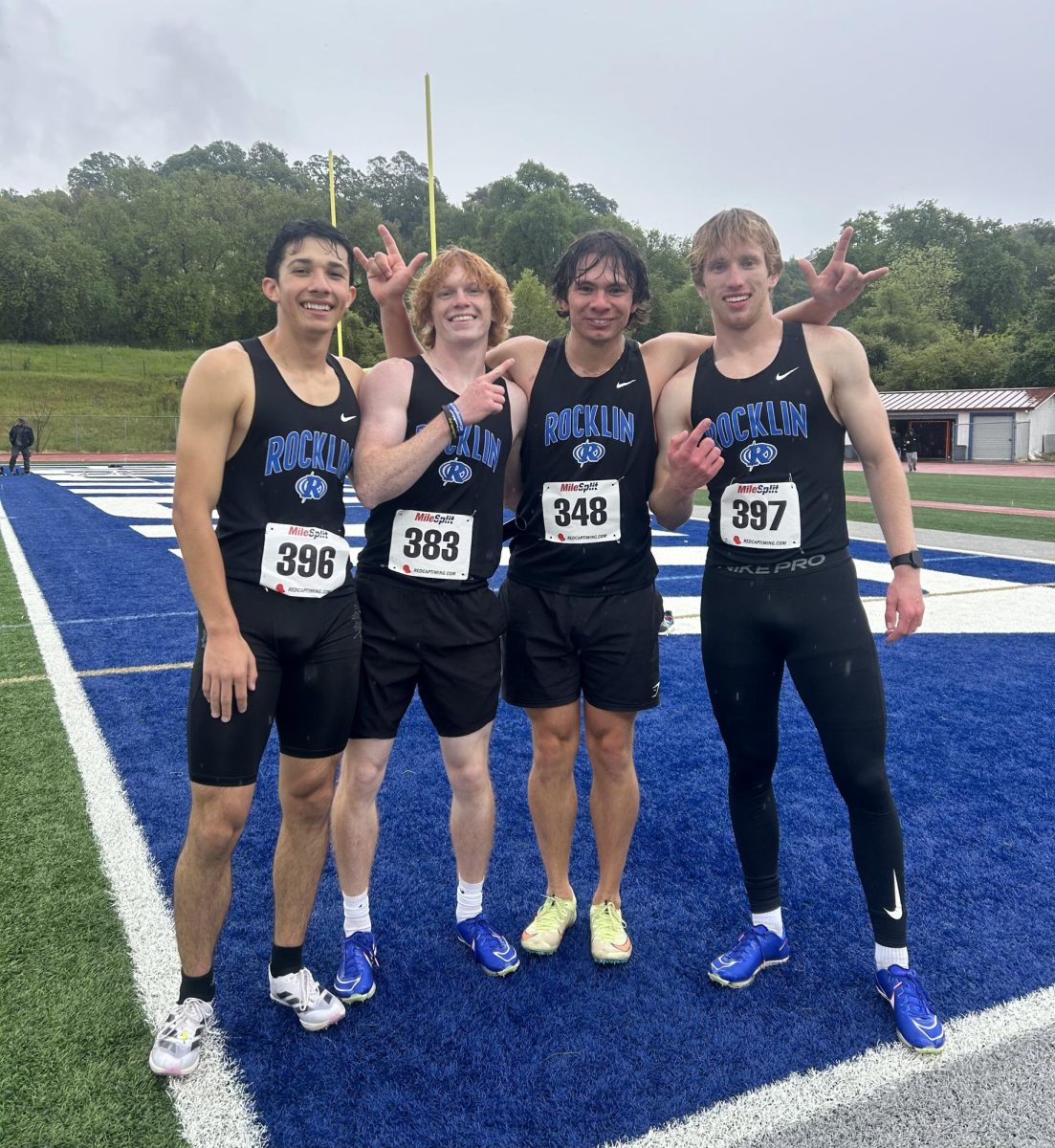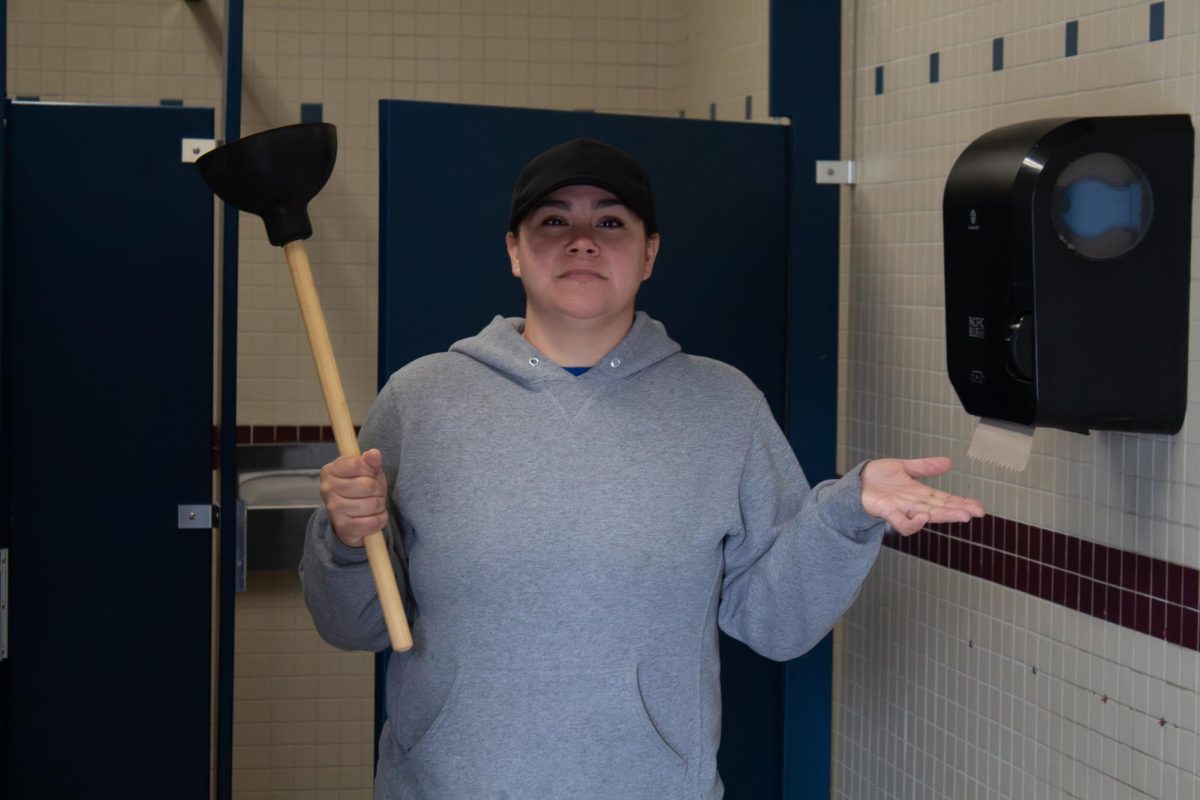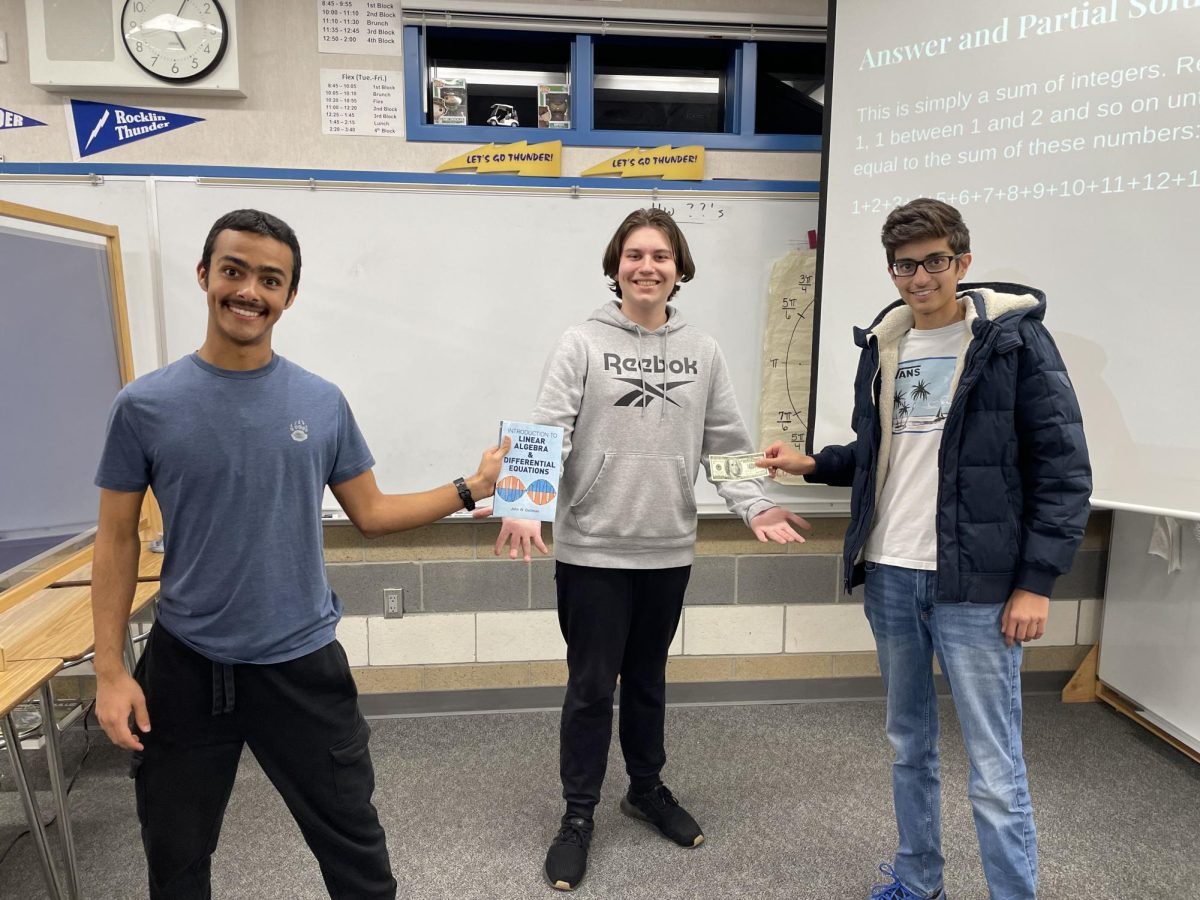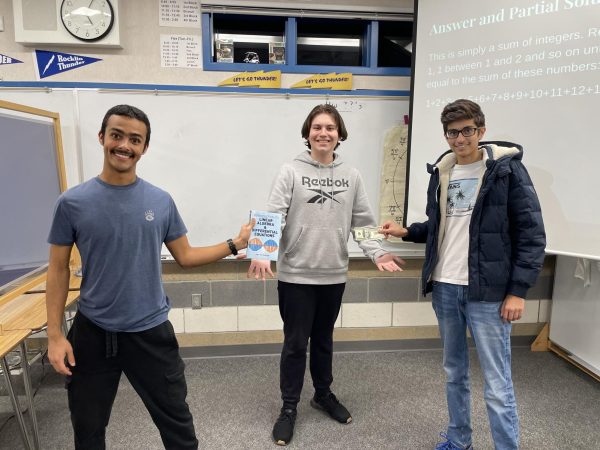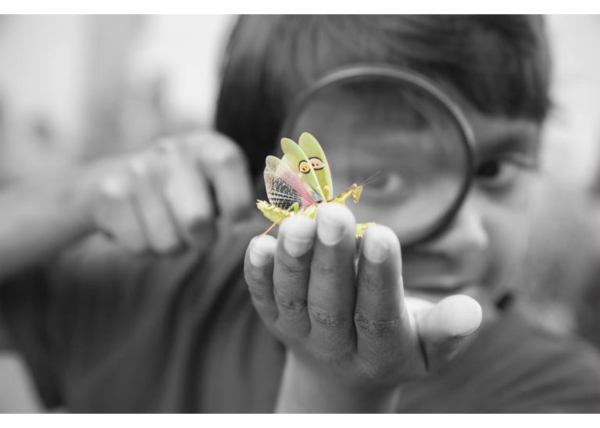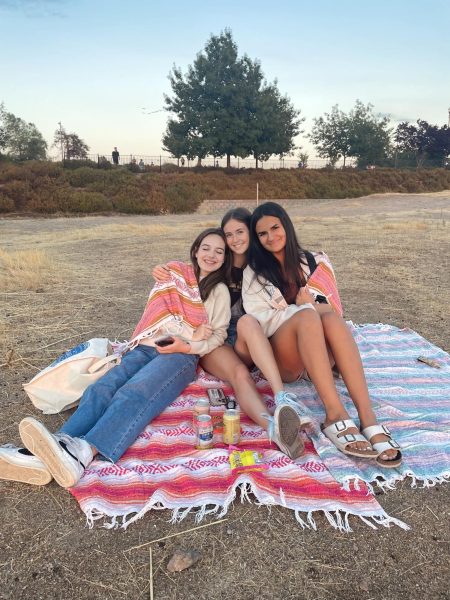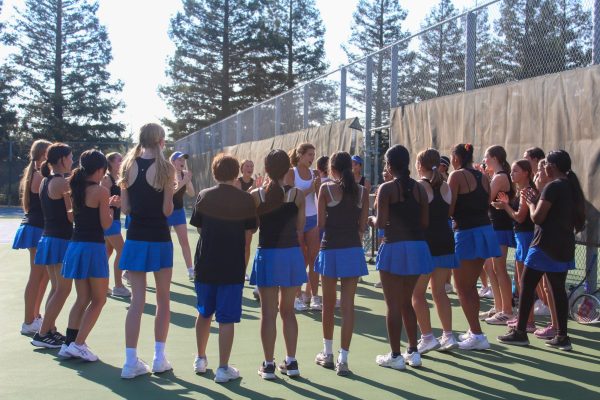HYBRID LEARNING: Making the Best of an Unprecedented Time
RUSD Board of Trustees vote unanimously on hybrid learning model
July 23, 2020
[opinion: PRO]
For this opinion series writers were assigned an opinion to cover.
This article may or may not reflect their personal preferences for the hybrid model of learning.
To read the opposing side click here: LINK
We face the beginning of school in less than a month and are struggling to come to terms with the fact that it isn’t going to be back to normal. Teachers are seriously concerned about being exposed to the virus by students and worry about how they can realistically keep their students safe. Students are struggling with full distance learning, especially without regular social interaction with their peers. Parents worry about the quality of their students’ education and feel the pressure of conflicting work and school schedules.
Efforts by school districts and public health officials to mitigate the risks associated with COVID-19 have led to the widespread adoption of alternative teaching methods across the country. On July 8th, the Rocklin Unified School District Board of Trustees voted unanimously for the adoption of a hybrid school reopening model in the fall.
The School Board of Trustees stated that, “this decision was made with the goal of returning to school 5 days a week as soon and safely as possible… and if the health situation improves before our last September Board meeting, Trustees will meet in a timely manner, and if deemed safe to do so, vote to take action on a full time return to school sooner.”
The hybrid model combines on campus attendance and distance learning. It provides solutions for socioeconomically disadvantaged students by continuing to offer nutrition services and the necessary technology that these students may need if or when we have to return to a full distance learning model. The model advocates for modified schedules and protocols in an effort to slow the spread of COVID-19.
These protocols are in accordance with guidance from public health officials and include the implementation of social distancing, the use of cloth face coverings, handwashing and cleaning and sanitization of surfaces and materials. The hybrid model also decreases the number of students on campus to increase the effectiveness of the protocols presented.
Both of my parents wanted [my brother and I] to go to school five days a week, but they said that the new hybrid model is still better than going to school fully online.
In the article, How does COVID-19 affect kids? Science has answers and gaps by Lindsey Tanner from AP News, it is pointed out that “White House Press Secretary Kayleigh McEnany was correct that children appear less likely to become critically ill from COVID-19 than from the flu. But the CDC says COVID-19 can be more contagious and has been linked with more ‘superspreading’ events than the flu, meaning it can quickly spread and infect lots of people.”
So while the rate of infection among children is low, the concern is that a student will unknowingly transmit the virus to a staff member or take it home to a family member. While these new protocols will be difficult to adopt and adapt to, they are in place to protect our community from being overwhelmed by cases.
“Both of my parents wanted [my brother and I] to go to school five days a week, but they said that the new hybrid model is still better than going to school fully online. They said that students, especially teenagers, need to be able to see their friends and teachers. As a senior they were really hoping that I would have a somewhat normal senior year that includes proms, dances, and rallies,” said Rocklin High School senior Juliann Ricker. It seems to be the consensus among students and parents alike that the hybrid model is superior to full distance learning in the sense that it allows students at least some time at school with their friends.
The hybrid model may not be as effective for learning as being on campus five days a week, but it acts as a safe way to transition back to a full reopening. With the prospect of full distance learning looming over us, the model acts as a way to facilitate the improvement of distance learning techniques. Given time to adjust their curriculum, teachers will be able to work more effectively to deliver content and educate students.
The effectiveness of teaching compared to full distance learning will also increase since the hybrid model will give students valuable on campus instruction multiple times a week. This will in turn reduce the strain of distance learning on parents who feel the pressure to deliver direct instruction as a result of students having increased access to teachers who are highly trained on how to most effectively teacher and assist students.
Despite the benefits of the model, the hybrid model’s main flaw is the challenge it presents to families who are struggling to find childcare for younger students. This becomes especially challenging for full-time working parents, single parents and those without the resources to pay for childcare. While childcare has been provided to essential workers throughout the pandemic, we’re in the midst of a shortage that is causing parents to stress about solutions for the fall.
In the NPR article What To Do About Part-Time School? NYC Announces Free Child Care For 100,000 Students, Laurel Wamsley describes how cities like New York City are developing solutions to provide childcare services for working parents whose schedules and/or economic situation can’t accommodate their children staying home. With the partial reopening of school campuses this fall, it’s likely that city efforts still won’t be enough and parents will need to find childcare through babysitters or daycares, furthermore creating a financial burden for families without a stable income.
A possible solution to this dilemma is for families to work together. This could be one family watching their children and children from another family before switching off, providing much needed relief for working parents. Many other families who have one or both parents working from home full time are still struggling to balance taking care of their children and working productively, making this solution yet more advantageous.
This community cooperation could also take the form of an exchange of services for childcare. For example, one family meal prepping for another in exchange for the other family’s teenagers helping to watch their children. The main idea is for families to identify ways that they need help and ways that they can help others.
Regardless of its flaws, the School Board of Trustees has voted on the hybrid model and our community will need to work together to succeed in the midst of rapid changes. In the time since the Board of Trustees meeting on July 7th, Governor Gavin Newsom has laid out a set of guidelines for the reopening of schools that promote the continuation of distance learning for some counties.
In response, the School Board of Trustees sent out an announcement stating that if we don’t meet the guidelines for reopening, we will start the school year with distance learning before transitioning to the hybrid model.
With so much uncertainty lying ahead, the significance of coming together as a community has never been more relevant. Parents will need to work with each other and with their children, teachers will need to work together to find more effective ways of using distance learning and the district will need to work to meet the needs of families and teachers alike.
In a time where politics and the impending presidential election are revealing the divides of our country to be deeper than ever, cooperation has become incredibly important, not only to the success of students, but to communities as a whole.
To read the opposing side click here: LINK
Citations and additional resources and information
- Rocklin Unified School District Announcements: https://www.rocklinusd.org/Announcements/index.html
- CDC Considerations for Schools: https://www.cdc.gov/coronavirus/2019-ncov/community/schools-childcare/schools.html
- How does COVID-19 affect kids? Science has answers and gaps: https://apnews.com/10310a821f24356c1620c365d82579ff
- What To Do About Part-Time School? NYC Announces Free Child Care For 100,000 Students: https://www.npr.org/sections/coronavirus-live-updates/2020/07/16/892043766/what-to-do-about-part-time-school-nyc-announces-free-child-care-for-100-000-stud



